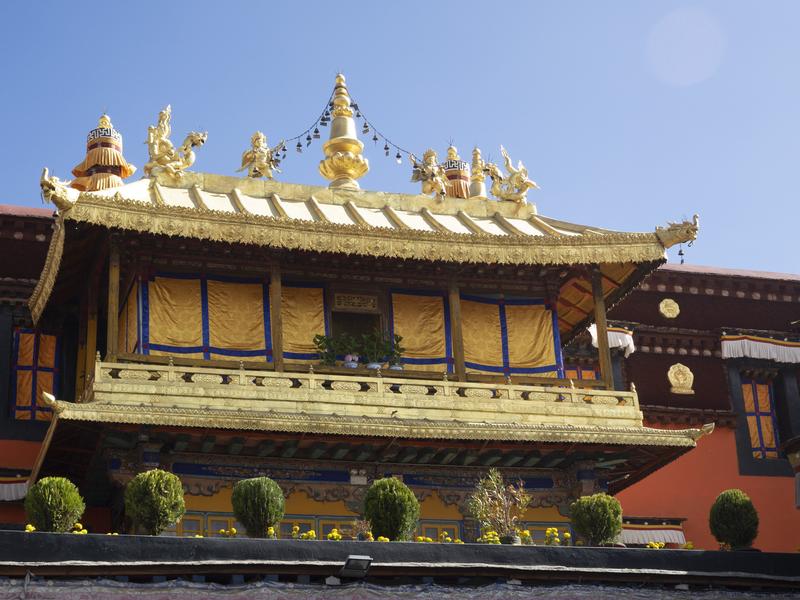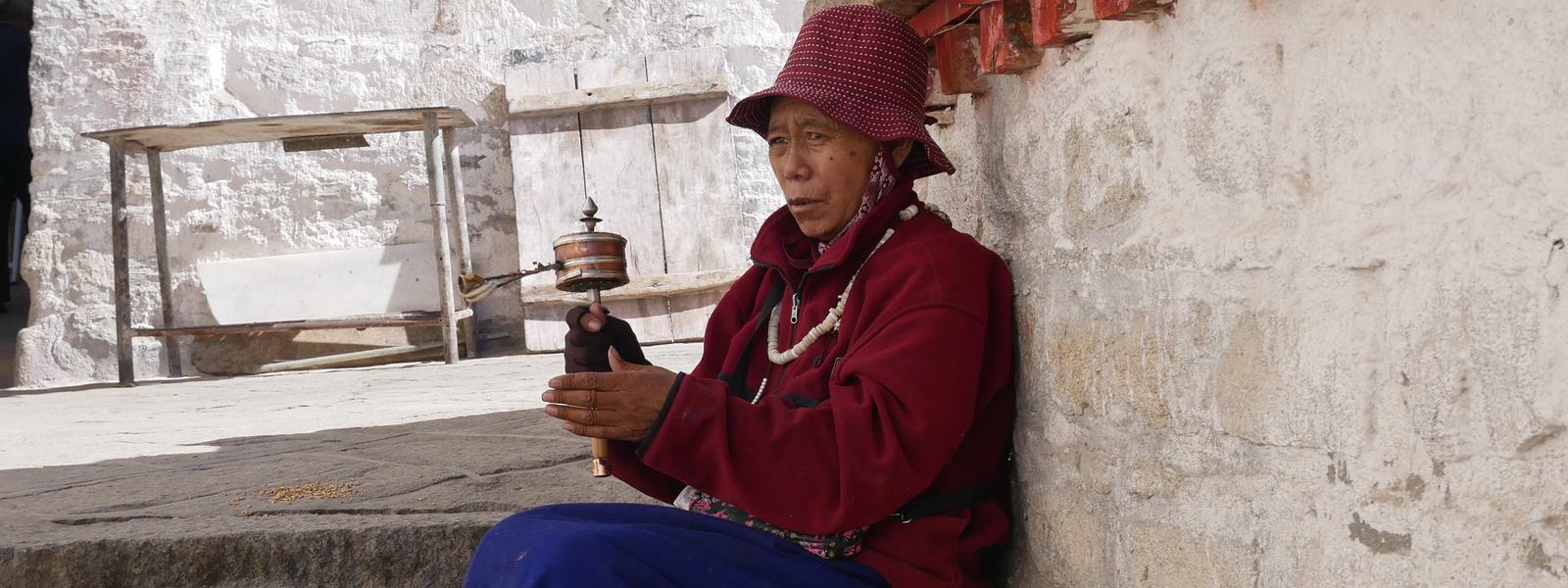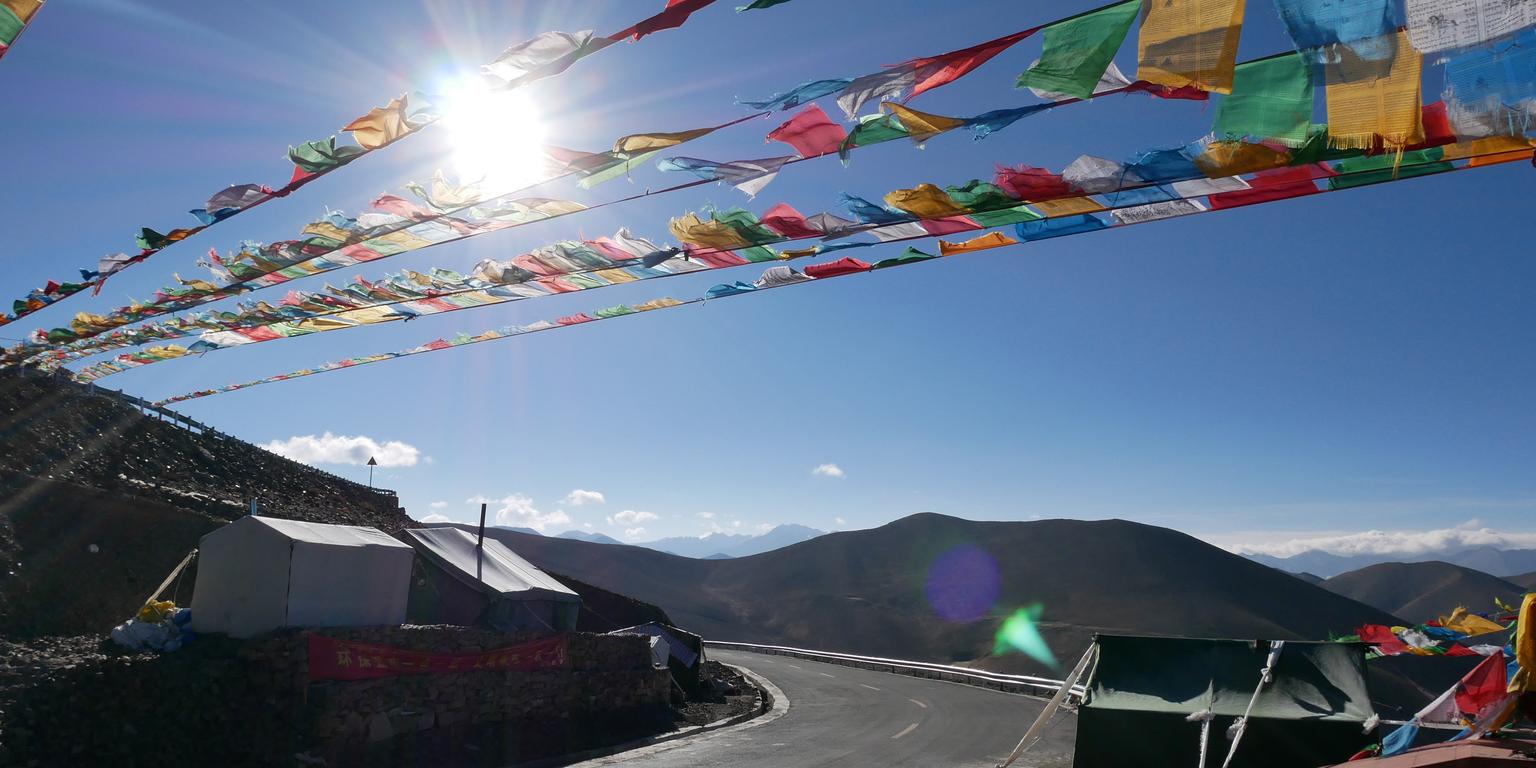Lhasa
Lhasa is a tale of two cities. The western side of the Tibetan capital is an urban sprawl of identikit shopping malls and bulky apartment blocks known to some as ‘Little Sichuan’, but the eastern section is a very different story. Here, it's far more traditionally Tibetan - deeply devout, romantic and enigmatic. Rickety whitewashed houses and lamp-lit temples line the backstreets, their low ceilings a hazard to taller visitors, while ancient pagodas perch elegantly on the hillsides. One can easily get lost for hours around the Jokhang Temple and the bustling Barkhor circuit and not regret a second of it.
Three things to do in Lhasa
Obviously there's a lot more, this is just to get you started...
An adventurous journey
Simply travelling to Lhasa is an adventure in itself. Arriving by air, it’s impossible not to be spellbound by the sight of jagged Himalayan peaks piercing the clouds before making a memorable descent to the almost-lunar landscape of the Tibetan plateau. Alternatively, there’s the dramatic train journey from Beijing, which climbs so steeply that extra oxygen has to be pumped into the carriages! The city itself offers an opportunity to acclimatise to the high altitude before continuing your journey, with handy oxygen chambers scattered around. Spend a day taking gentle walks by the Lhasa river, known locally as the ‘merry blue waves’, and enjoy restful picnics in attractive green spaces, basking in the perpetual sunshine that gives Lhasa the nickname of ‘the Sunlit City’.
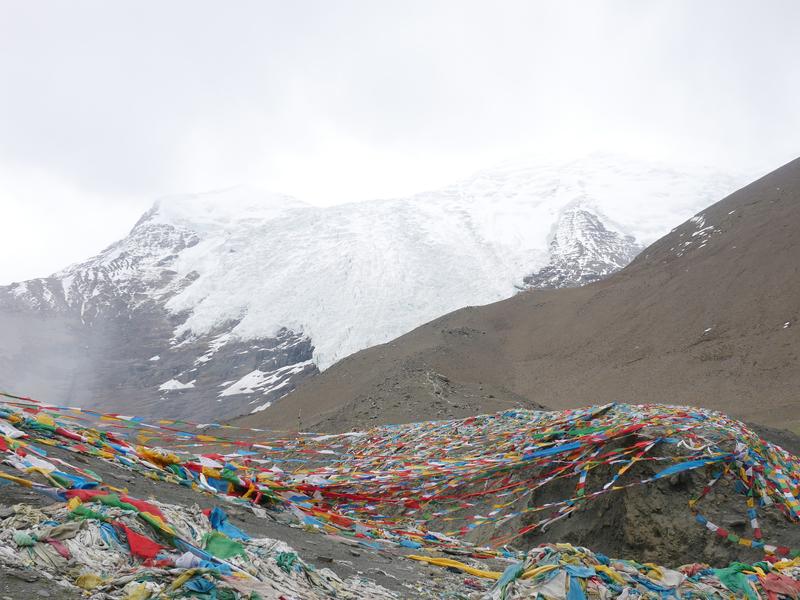
Potala Palace
Occupying a prestigious position on the Red Mountain in Lhasa Valley, the Potala Palace is a truly captivating feat of architecture. Surrounded by thick earthen walls and fortifications, the complex is comprised of the White Palace, which contains the Dalai Lama’s ceremonial hall and throne, vast quantities of priceless treasures, ancient sutras and almost 700 murals, and the Red Palace, which holds the burial chambers of former Dalai Lamas, and their private chapel. After the Tibetan Uprising of 1959, the 14th Dalai Lama went into exile in India, and since then the palace has become a museum and a UNESCO World Heritage Site. Daily visitor numbers are capped, so if you’re visiting in peak season it’s advisable to arrive early in the day.
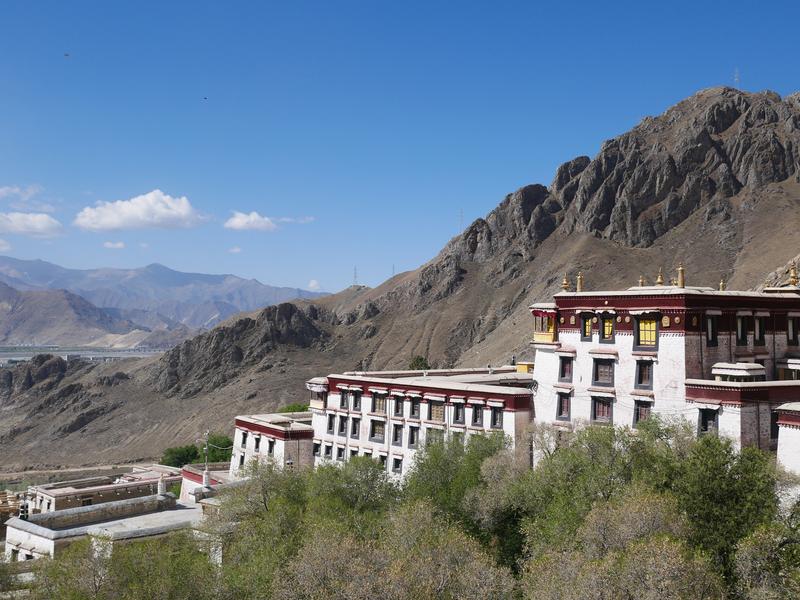
Jokhang Temple
Jokhang is the most sacred temple in Tibet; at 1,300 years old, this vivid mix of Nepali, Indian and Tibetan design is regarded as the spiritual heart of Lhasa. Some areas of the temple, including the famed golden Buddha statue, have been off limits to visitors since a fire in early 2018, though the true extent of the damage is largely unknown. Joining the morning kora around the temple is a wonderful way to experience the essence of traditional Tibetan life. Locals and pilgrims walk the cobbled streets in a clockwise direction, following the path of the sun and occasionally pausing to spin prayer wheels amid clouds of juniper incense, as the circuit winds through the lively Barkhor artisan market.
